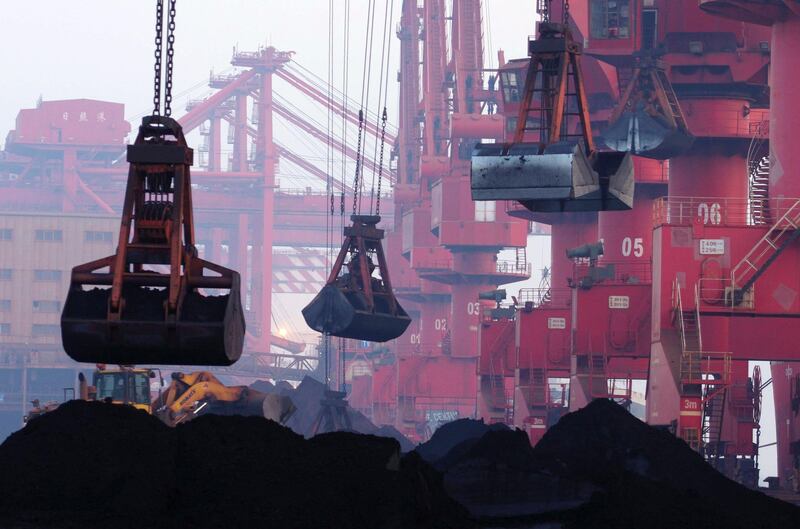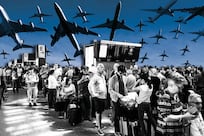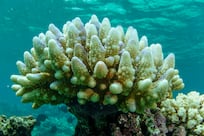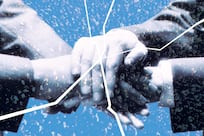It's tempting to look at the relative resilience of China's imports of major commodities in September and conclude that the world's second-biggest economy is weathering the trade dispute with the United States quite well.
The problem with this view is that while the trade conflict certainly looms as an issue in China's commodity trade, it's not yet the driving factor and any strength, or weakness, in various imports is largely a result of different dynamics.
Take copper for example, where imports of unwrought metal in September were 521,000 tonnes, up 24 per cent from the 420,000 tonnes in August to the highest in two and a half years.
This looks like an extremely strong monthly gain, and would seem to be at odds with the narrative of a loss of momentum in the Chinese economy as trade war fears escalate. But the main driver of September's strong result is as a result of a crackdown on the use of copper scrap, part of government efforts to limit the importation of waste products.
This has forced China's smelters to turn to other sources of the industrial metal in order to satisfy demand.
There may be an element of the trade dispute with the administration of US President Donald Trump insofar as Beijing has imposed a 25 per cent import tax on scrap imports from the United States as part of its tit-for-tat tariffs measures.
But this would only eliminate a small amount of copper scrap from the overall Chinese market, meaning the trade war has yet to emerge as a major factor in the copper supply and demand story.
Iron ore was another commodity that appeared to have a relatively strong September, with imports gaining 4.6 per cent from the prior month to hit 93.5 million tonnes. Similar to copper, one would expect that iron ore would be vulnerable to trade tensions, given the use of steel in many of China's manufactured exports.
It appears that steel mills have been ramping up output ahead of pollution-related winter production curbs, which has in turn driven demand for iron ore.
_______________
Read more:
While regional politics dominate the news, US-China tensions should be our biggest concern
IMF prepares to cut global economic outlook on escalating trade war
_______________
Coal was one of the commodities to have a weaker September, with imports dropping 12 per cent from August to 24.1 million tonnes, but this was probably because of softer energy demand in the season between summer and winter peaks.
Crude oil imports improved a touch to their strongest level since May, reaching 9.05 million barrels per day (bpd) in September, up from 9.04 million bpd in August.
This marginal gain came as refinery runs rose and refiners also looked to build inventories ahead of winter.
One factor that doesn't gain as much attention as it should in analysis of China's commodity imports is price.
While price isn't the most important factor, it does often help explain some of the monthly movements in commodity imports.
Copper imports may have been boosted by the fact that at the time when cargoes for September arrivals were being arranged, London prices were weak, with the close of $5,801 a tonne on August 15 marking the low point for the year so far.
Similarly, benchmark 62-per cent iron ore, as assessed by Argus Media, was also soft in August, falling steadily from a peak early in the month, before starting to recover again in the last couple of days.
In contrast, benchmark Australian thermal coal prices at Newcastle port were close to year highs in the late July and August period, when cargoes for September were being booked.
Prices rose to the highest in more than six years in late July and remained elevated through August, potentially crimping demand for imports of the polluting fuel. With prices having dropped recently, slipping to $100.51 a tonne in the week ended October 12, it's possible that coal imports may increase in coming months.
Overall, China's commodity imports are still being driven by factors other than the trade dispute, but this remains a potential game-changer in the months ahead.
The problem is that it's unlikely to have the same impact across the commodity spectrum, as some imports may actually gain, especially if the government takes steps to boost infrastructure spending in order to shore up economic growth.






